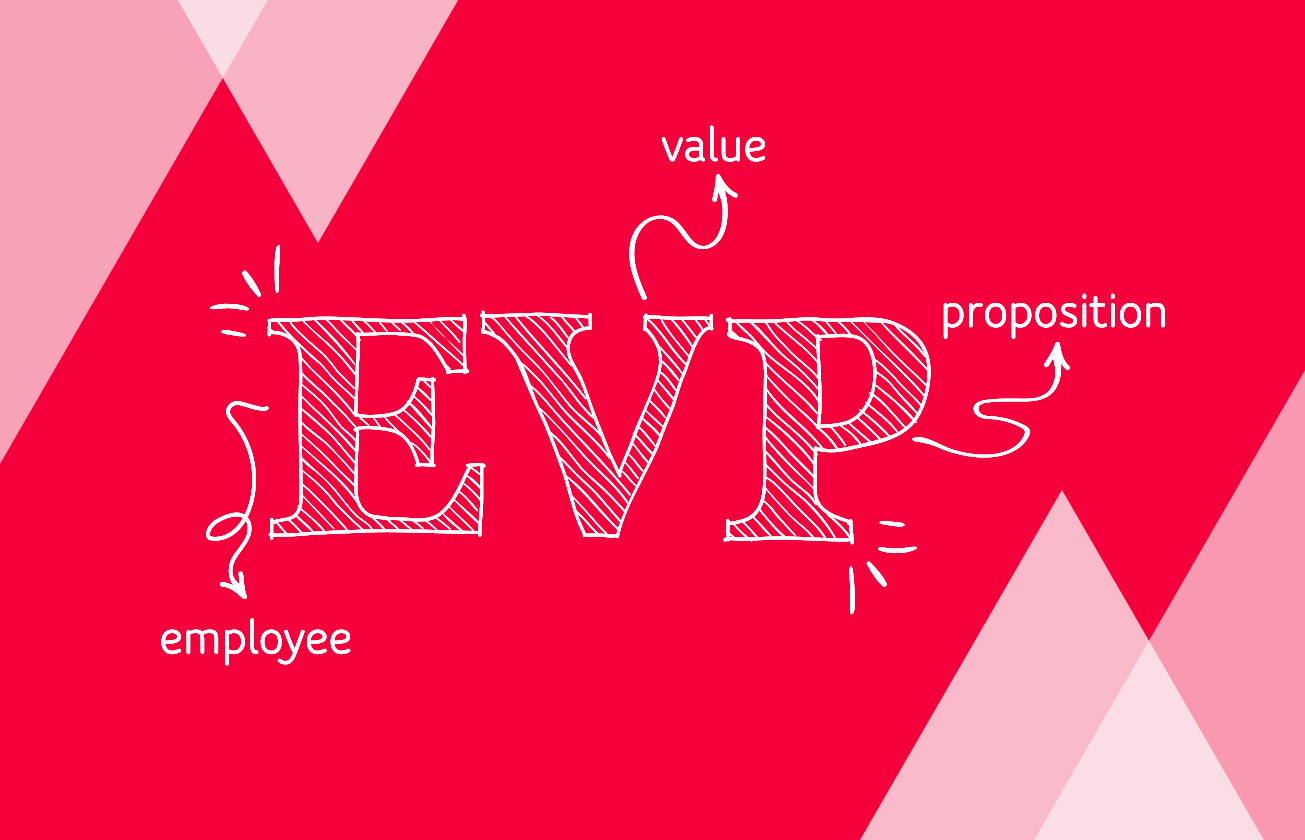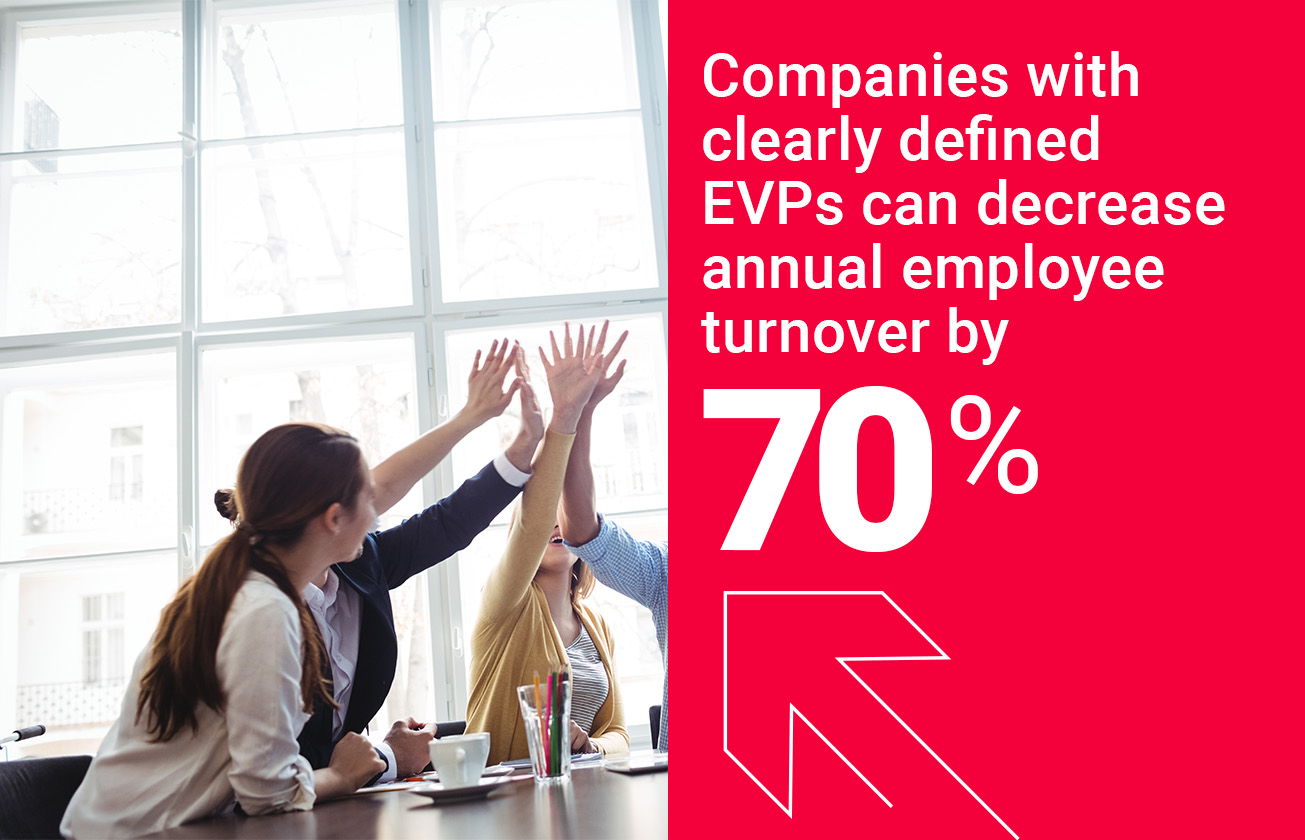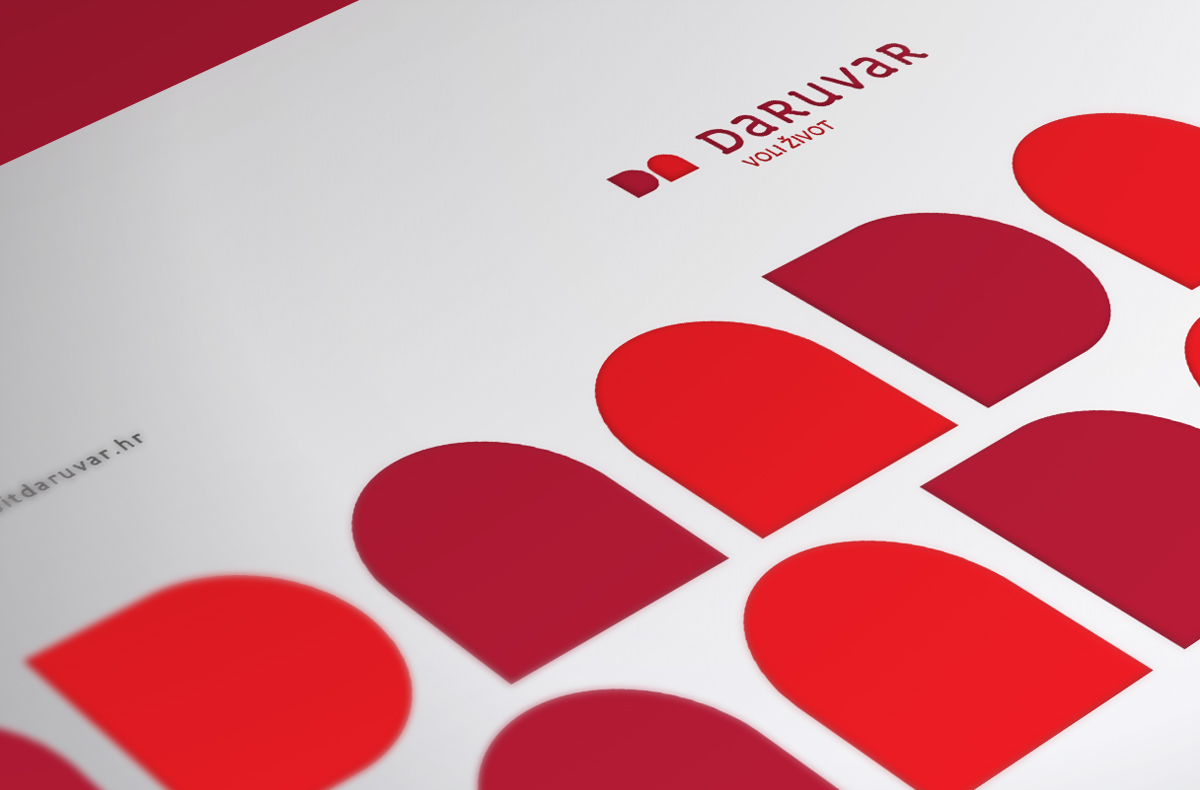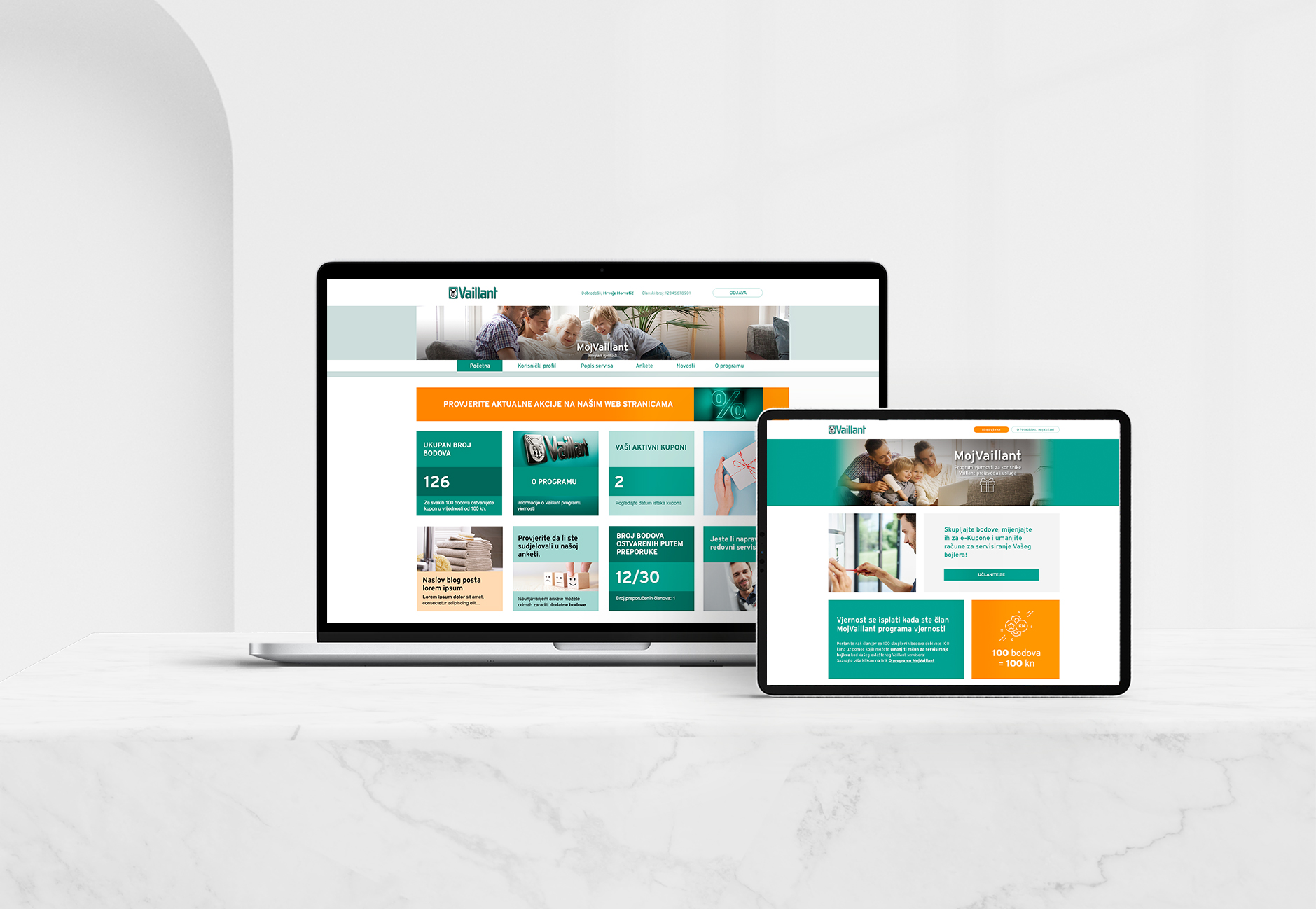EVP – three letters for the success of your brand or company
EVP or employee value proposition is the selling proposition of a company or organization, which represents the company's values, culture, and benefits for its employees and potential candidates. As such, EVP positions the company in the eyes of its employees and represents the culture and values of the company while offering competitive advantages compared with the competition. Many successful firms and companies have well-defined EVPs, so do you have one?

If your answer is negative, your competition has already outsmarted you. So, now is the right moment to start with your employer branding activity and define EVP. But first, let’s look at EVO's definition, why you have to have it, its main components, and what steps you must follow to create it successfully.
Since the arrival of the global pandemic, many companies have started redefining their core values and working for an organization. Working at a distance, flexible working hours, and orientation towards the prosperity of employees reshaped how employers and workers perceive and do their jobs. In addition, the more and more competitive development of market relations and competition among companies started the trend of other benefits valued by highly skillful employees (e.g., health care benefits, child care, education).
Maybe you have already visited the landing web page of some international or domestic company for careers where you have noticed attractive perks and benefits like:
- Flexible working hours and work schedule
- Balance of private and business life
- Personal and professional development through education
- Attractive salaries and advancement opportunities
These are all selling propositions and integral parts of successful EVP, representing the values and benefits of the company that intends to retain highly productive employees and attract potential talents.
Employee value proposition: how do we define EVP?
According to the definition given by Gonzalo Shoobridge, an expert in employer branding and human resources strategies, EVP is “the unique set of benefits that your employees are to receive in return for their commitment and the skills, capabilities, and experience that they bring to your organization.” EVP defines the essence of your business, and it distinguishes it from the competition.
It’s important to note that the employee value proposition is communicated in two directions: inside the company toward the existing employees (via emails, internal newsletters, team building activities), and toward potential candidates or talent via blogs, job advertisements, recruiting videos, video testimonials of the satisfied employees.
The "old guard" of business managers still perceives EVP as a simple human resources activity without getting a big picture that strategically positions a company or organization on the jobs market. Instead, EVP should be of concern to all the employees in the company and not only recruiting department specialists!
Statistical data from the Gartner agency confirms the importance of EVP for the success and reputation of a company. They state in their report that the clearly defined EVP can decrease annual employee turnover by 70% and increase new hire commitment by nearly 30%.

What are the properties of a good EVP?
EVP is an essential part of company’s employer branding activities, and in the ideal case, it should be:
- Unique
- Relevant
- Understandable
- Persuasive
- Motivational (inspiring)
Only if it fulfills all the properties mentioned above can it successfully communicate the values and culture of the company, the benefits of working in the company, and become a magnet for new, highly skillful employees. Thus, a finely positioned EVP becomes integral to a firm's successful marketing and branding strategy.
The role of the EVP
We have already stated it in the introduction, but it’s worth repeating that the role of the EVP is three-tier:
- It positions a company in the eyes of its employees
- Represents company’s values, culture, and benefits in a transparent way
- Offers competitive advantages for employment in the company
That way, the company acquires an advantage over the competition. And if it’s appropriately communicated, EVP addresses the company's values to current employees while making potential candidates aware of the company’s values and working climate.
An example of a good EVP
Here’s a great example of a good employee value proposition. Nike's well-known sporting company has expressed their EVP in a simple but effective positional headline: “Win as a team”. This selling proposition powerfully communicates Nike’s business culture and the benefits that employees enjoy.
See example: Vervoe.com
As Emily Heaslip from Vervoe.com states: “Nike’s culture emphasizes accomplishing innovation in the world of sport with a team mentality. It approaches benefits and compensation with the same perspective. The company offers perks such as fitness discounts, relocation benefits, competitive pay and retirement plans, and advanced learning opportunities.”
Spot how Nike’s selling statement “Win as a Team” has all the properties of a good EVP. Its positional EVP statement is original, understandable, persuasive, inspirational, and relevant because it supports the business practice of this big company.
What are the components of successful EVP?
EVP marketing and employer branding expert Valène Jouany, says that employee value proposition has to put the essential company’s values and benefits upfront.
This process includes identifying different elements that cohere into unique EVPs and representing the company as an attractive place to be and work.
These elements include:
- Salary and financial rewards that employees can expect to receive
- Benefits of working in the company (e.g., healthcare insurance, paid holidays, free membership in a gym or fitness club)
- Advancement opportunities and professional development (paid seminars and education, mentorships, possibility of remote work or work in another city, department change or transfers to other positions in the company)
- Working environment (flexible working hours, balance of business and private life)
- Company’s culture (social inclusivity, environmental care, mutual trust, teamwork)
How to create a great EVP?
After you have identified the main components of employee value propostion, you’ll easily create your company’s EVP. Marketing experts agree that in EVP creation, you should follow the usual tactical steps: a thorough analysis of your company’s abilities, values, and culture, the creation of EVP and its implementation, and testing its effects.
The first step is the evaluation of your abilities and resources. Find out what your company can or can not offer to current employees or prospective candidates. Compare your capacities and resources to competitors’ in your niche, and compare salaries in your sector and the benefits other companies provide. Consider your abilities (for instance if you can offer a family allowance, additional health insurance package, or something else) and identify your opportunities.
Second step: conduct interviews with your current and former employees. To create compelling EVP, you must understand how your current employees perceive your brand and company’s values. As Gonzalo Shoobridge recommends, that process should be entirely participative, and not only the leaders of particular departments or human resources managers should be involved but also other employees. Also, conduct interviews with your former employees to understand what factors could have prevented them from leaving the company. The insights from all these interviews, states Valène Jouany, will reveal what motivates your best employees. Then, you’ll integrate their feedback into the creation of an EVP – a set of proposals and selling statements that will attract your potential candidates.
Third step: identify the key motivators for your employees to retain in the company. Analyze your employees' answers and find out what motivates them to be more productive and loyal. For example, get clear insights into whether they appreciate the relationship with the company's management or whether they remain in the company for the competitive salary, health insurance benefits, or other perks.
Fourth step: define the key components of your EVP. You’ll get a clear insight into your employees' expectations based on the interviews and answers provided. You will know what salary will better motivate them for work, what kind of promotions they expect, and what type of working environment they prefer. Valene recommends segmenting your EVP in light of their experience. Juniors will appreciate getting educational courses or learning to advance in their careers. At the same time, experienced professionals will value career stability, parental benefits, or a better balance between personal and business life.
Fifth step: EVP creation. You have arrived at the phase when you have to have a clear vision of your company’s values and the expectations of your employees. Appreciate that knowledge and start creating your EVP. It should communicate clearly what it looks like to work in your company. Your EVP’s tone should be motivating and understandable. Adjust it to different target groups (current employees and future candidates, juniors and seniors). When you have finally defined what you want to say, deliver it through appealing selling propositions that will make everyone interested in your company.
Sixth step: promote your EVP through different channels. If you want to reach your target optimally (future or current employees), promote your EVP. Do not stop with the announcements on your website's career page only! Get the best from inbound marketing and target your current employees with internal newsletters or blogs. In addition, reach your future employees through social media advertising on the LinkedIn platform, place attractive job adverts on web portals, create video testimonials of your satisfied employees and encourage them to share on their social media profiles. There are many possibilities on digital and IRL channels.
The last step: testing the success of your EVP. Two leading indicators of the success of your EVP are the increase in the number of job applications for your company and the degree of employee retention. Besides these two main goals, pay attention to communication goals as well. Detect the increase/decrease of engagement for your social media posts; if your followers' engagement is better than before, it’s a sure sign that your social media marketing is performing well. Remember that the employees’ expectations change over time; the social and marketing trends influence them. So your two-year-old EVP might now seem passé. Conduct interviews with current and former employees from time to time, but ask the candidates how they perceive your company and its culture. It is the only way you’ll be sure that your EVP is relevant and powerful enough to retain your highly productive workers and attract prospective candidates.
Good EVP is today an essential element of a company's successful marketing and branding positioning strategy. So create it and become a desirable employer in the increasingly competitive business. If you need help creating an effective EVP, contact the LOGIC MARKETING team and our specialists for strategic marketing planning, employer branding, and strategic positioning.
Links for additional reading:
Global Talent Monitor 3Q19: Update on Workforce Activity (gcom.cloud)
Employee Value Proposition: The Complete Guide to Building a Great EVP (haiilo.com)
(23) Quick Guide to Building a Mind-Blowing EVP! | LinkedIn
How to Create an Employee Value Proposition (EVP) that Attracts Talent | Built In
13 Inspiring Employee Value Proposition Examples That Work (vervoe.com)


